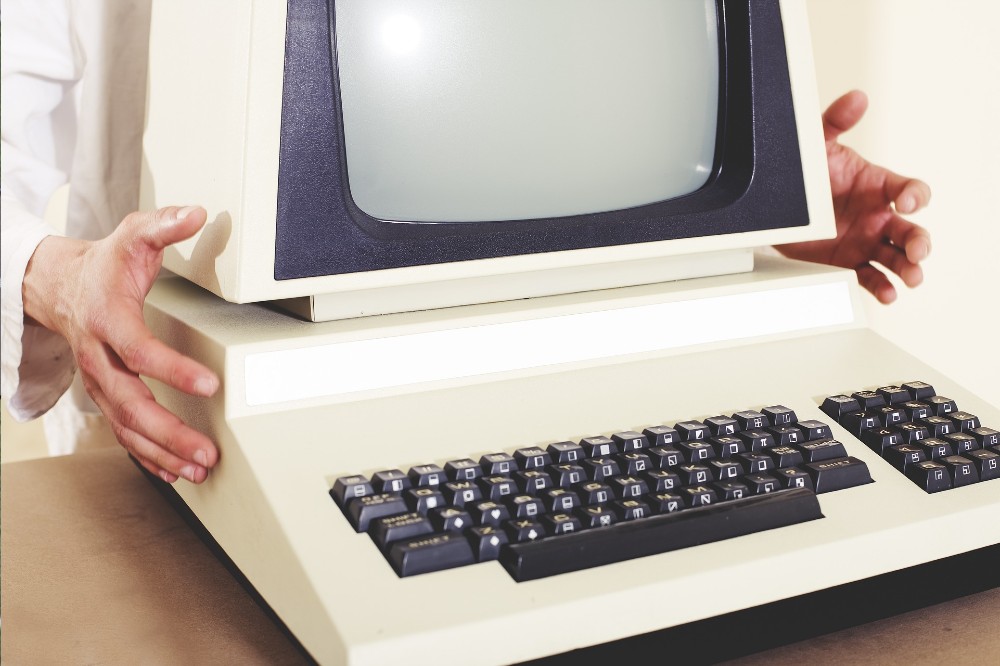According to Philip Rashleigh, technical director at Audacia Consulting, companies must upgrade, evolve or replace their legacy applications or those outdated applications will drive away the vital human resource.
There are huge financial costs, commercial consequences and operational barriers for businesses who continue to use legacy systems.
On average, 31% of an organisation’s technology is made up of legacy systems and an average of 60-80% of IT budgets are allocated to keep them running. This holds 90% of organisations back in terms of growth and enhanced efficiency.
Business, markets and technology constantly evolve. Yet many crucial software systems are connected to legacy infrastructure, which can be challenging to adapt or change. Existing technology architecture is often inflexible, needs ongoing management and resource and multiple customisations and integrations to keep up with the business.
Inefficient software platforms will inevitably impact on performance and efficiency across departments and functions.
As such, legacy systems are one of the business-critical issues faced by technology leaders today. It’s not just a question of tangible operating costs, lowered productivity and thwarted development. While these particular dangers of keeping legacy applications on ‘life support’ should be a great worry for any business owner or manager, there are many other ways legacy systems can negatively impact a business.
These include compromised security, declining customer service, damaged brand reputation, restricted innovation, a lack of agility and business intelligence difficulties. All are exacerbated by software vendors gradually ceasing to support older tools or APIs. As well as senior IT employees retiring, whose younger replacements are unlikely to be familiar with older technologies and programming languages to be able to continue supporting legacy applications.
However, perhaps the most serious issue, in this era of extreme skills and staff shortages, is dissatisfaction among and demotivation of valuable staff.
Today’s highly competitive recruitment landscape pitches companies in competition with each other, not simply for orders but for the high calibre personnel who will fulfil them and whose passion, energy and ideas will drive organisations forward to greater things.
Research has found that 38% of workers say their happiness at work impacts on their performance and with more than half of UK employees dissatisfied with workplace technology, it’s reasonable to assume that outdated, difficult-to-use systems will affect staff morale hugely.
Certainly, an operation that can’t demonstrate to existing and prospective employees that it’s getting to grips with emerging technologies and pioneering breakthroughs – never mind one with an over reliance on legacy systems – isn’t going to establish itself as a destination of choice for the brightest and best.
Millennials, in particular, continue to turn up for work when they feel their roles have meaning and direction, that they are plugged into an employer with whom they have shared values and are travelling in the same direction. If these are absent, ‘happiness indicators’, such as attendance, punctuality, attitude and productivity suffer badly as staff become disengaged. With the high calibre team members – those who really will be missed – leaving for opportunities with companies where they feel valued enough to be given modern, up-to-date equipment and user focused, easy to use systems where, as a result, they have control over their professional output.
Companies must demonstrate to staff that they work for a leading-edge organisation, while equipping themselves to meet increasingly demanding customer needs and stay ahead of the competition.
Transforming and improving or exchanging technology can be expensive, but so is funding outdated and inefficient IT and the investment in new technology can cost less in the long-term than nursing along old systems. It will also lift productivity and profits, help retain existing customers and attract new ones. Crucially, efficient, intuitive applications will also boost staff happiness, drive top level people to your door and drive innovation rather than stifle it.
The challenge, then, is how to upgrade, evolve or replace existing systems with minimal disruption.
Decision making over which route is the best one to take is not easy. Business leaders need to consider how to keep the company delivering in the now, operating as normal to meet current organisational needs whilst planning for its future requirements, with upgrades, integrations or migrations.
There is a vast array of options to consider, which vary depending on the current performance of systems, the type of software products preferred (i.e. off-the-shelf, bespoke, cloud hosted) and the scale of the business, both today and what’s planned for the future.
When deciding whether or not you should change legacy IT, ask the following questions:
- Has your business changed significantly since the existing system was selected?
- Do existing systems currently meet company needs and do they support your future roadmap?
- Do they still provide the responsiveness, outputs and speeds of delivery required?
- Is it difficult to make changes and improvements to your current system?
- Are the costs of running and maintaining them sustainable?
- Does sufficient support still exist for them?
- Can the systems be integrated with new applications to support innovation?
When thinking about existing systems it is not just a question of age and redundancy. Any system which no longer meets the needs of a business and its customers, for which the cost of maintenance if no longer cost-effective, or which utilises old code requiring skilled tech support to update, can be considered legacy.


